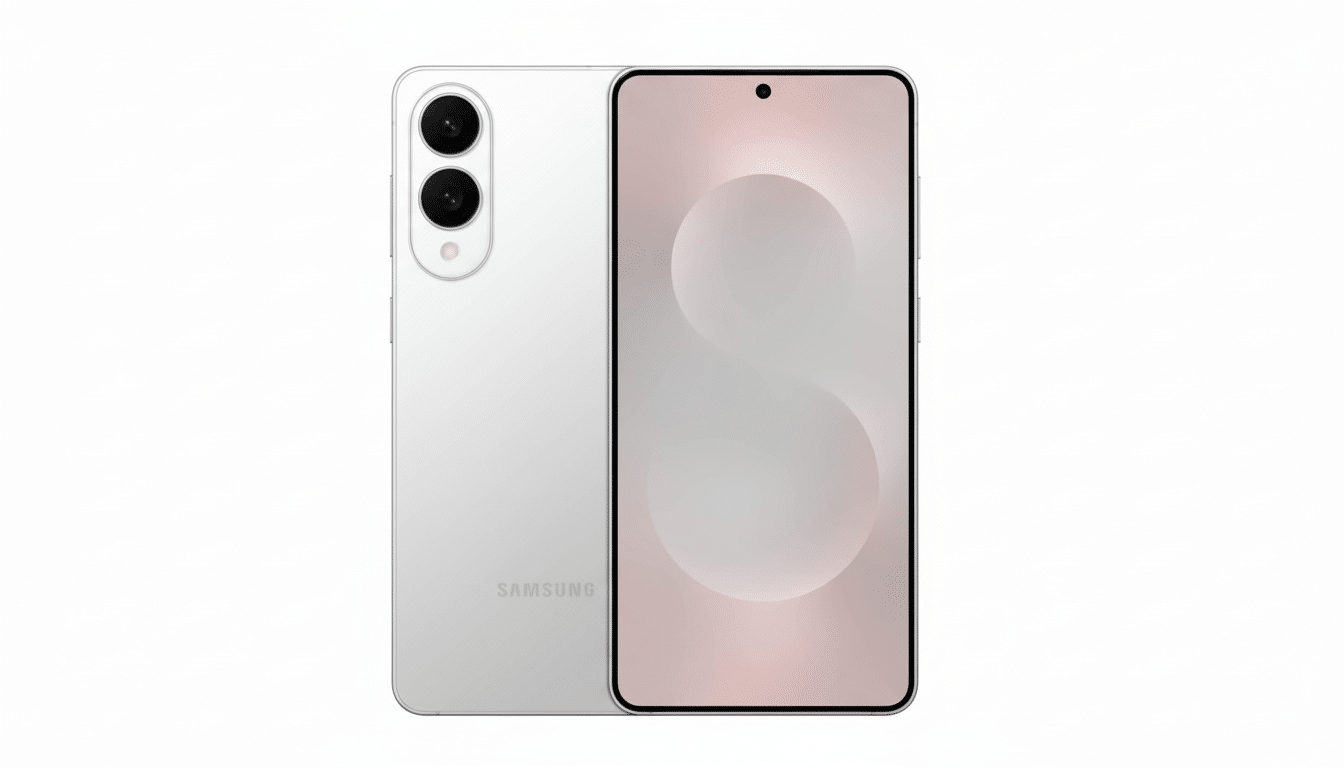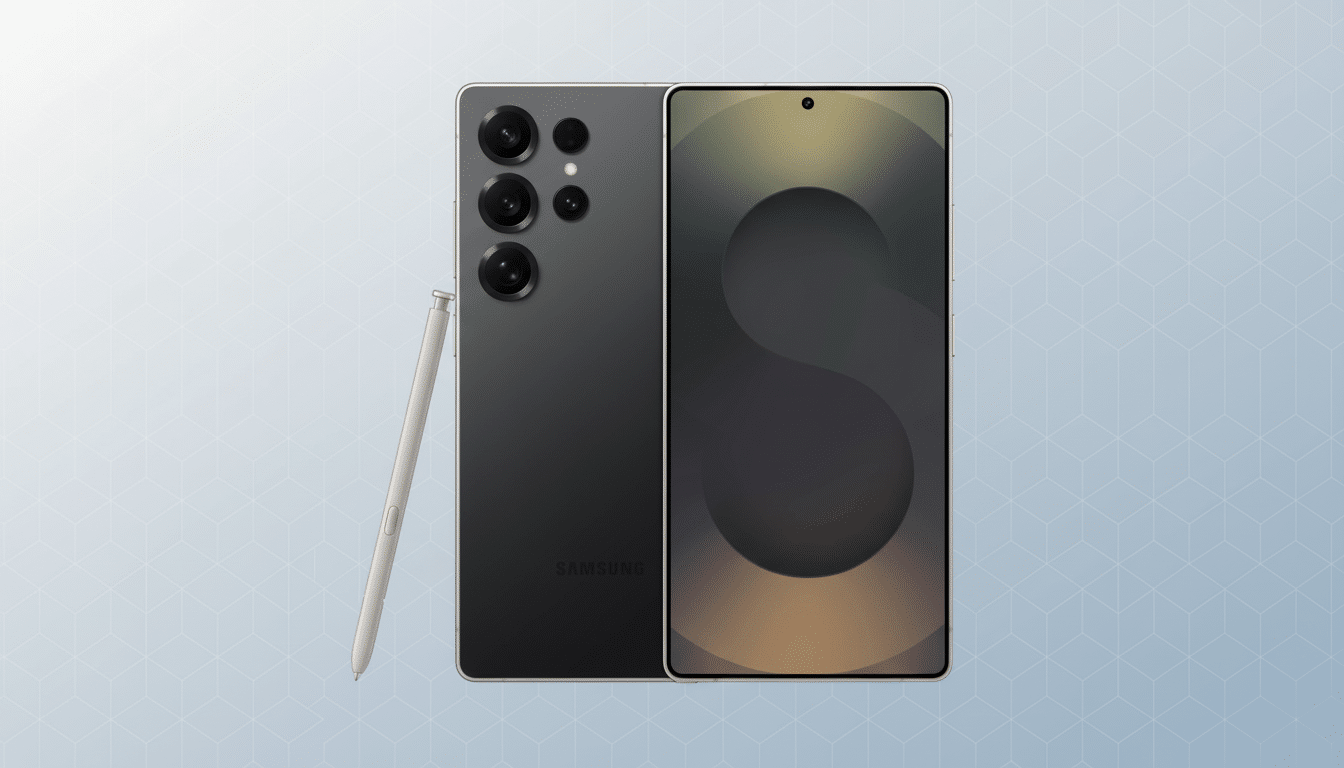Samsung ‘scaling back’ Edge line due to lackluster demand, report claims – Galaxy S25 and S26 possibly affected. Samsung is… http://t.co/wRezGTIMPR And there we have it. The shift, which was initially reported by Korean site NewsPim, indicates the company may be repositioning its flagship lineup to feature models that are generating more sales and consumer interest than the svelte Edge.
Sales misses put the Edge model on the brink of cancellation
The Galaxy S25 Edge has failed to live up to its siblings in some key areas. The Edge sold approximately 1.31 million units in its first few months, based on industry counts quoted by NewsPim, while the regular Galaxy S25 accounted for about 8.28 million, the S25 Plus registered at 5.05 million and the S25 Ultra climbed up to 12.18 million units moved, respectively. The Edge’s subsequent on-sale window didn’t help, but the margin is too wide to dismiss as one of timing alone.

Pricing and trade-offs stand out. For about $1,100, the Edge didn’t undercut the Ultra on performance or the standard and Plus models on value. It also had a smaller 3,900mAh battery in its svelte 5.8mm profile, as opposed to the near-4,000mAh found on the base S25 and nearly 5,000mAh found on the Plus. For many buyers, battery life and camera options still trump extreme thinness, especially with premium pricing.
A shift in Samsung’s flagship smartphone strategy
Edge had recently been associated with being a fast replacement for the Plus in the next flagship cycle, judging from previous supply chain murmuring. That narrative has flipped. Well, new reports are increasingly suggesting Samsung is sticking with the familiar, three phone formula of base, Plus and Ultra models (and giving up on the Edge experiment).
NewsPim also reports that a Samsung Electronics official, who requested anonymity, said the slim “Edge” brand is unlikely to make a comeback and claimed it has been put on ice. Samsung has yet to make a public statement, but the pause and fresh focus on the Plus model looks like a practical midcourse correction, designed to give sales a boost and clarify messaging.
There’s more noise around nomenclature, with talk of the base model being rebranded in the next cycle as a “Pro.” Even if the titles change, the essence of the strategy seems to remain: keep a clear good-better-best ladder with every device belonging in its own value tier and not eating into any other.
Why ultra-thin smartphones are proving hard to sell
They cut it so close to the engineering triangle on phones. That triangle is filled with battery, thermal, and camera hardware. More slender frames also restrict battery sizes and space for cooling, both of which can influence sustained performance and charging rates. Bigger camera sensors and periscope lenses also require volume, a tall order that wafer-thin designs can accommodate only at a price.

What this means for shoppers practically is that there’s clearer choice. A smaller trio should make it easier to choose between a value-forward base model, a balanced Plus and the feature-stacked Ultra. And expect Samsung to accentuate those differences in battery capacity, charging, camera systems and storage tiers — areas where the Edge found it hard to establish a compelling reason.
If it’s true that the Edge is being killed off, its existing inventory could instead be priced aggressively through carriers and retailers. Owners shouldn’t panic: Samsung has pushed the envelope on how long it offers software support to its recent flagships, so the Edge line should see a few years of Android updates and security patches even if the hardware disappears from the roadmap.
Strategically, this is a reversion to the mean. Instead of trying to go one better in some measure of hardware for its own sake, Samsung seems obsessed with maximising flagships around the qualities that actually sell phones — battery life, cameras, performance and clear value segmentation. The Edge experiment gave us a wafer-thin device; the market responded with a preference for substance over silhouettes.

